The side-striped jackal, scientifically named Canis adustus, is a kind of canine found in central and southern Africa. Unlike the smaller and more closely related black-backed jackal (Lupulella mesomelas), which prefers wide plains, the side-striped jackal prefers forest and brush regions.
The Side-striped jackal is a medium-sized African canid. Its pelt is buff-grey in hue. The underside is a deeper grey than the back, and the tail is black with a white tip. On the sides, there are faint white lines that stretch from elbow to hip. The strength of the marks varies across individuals, with adults having more distinct markings than adolescents.
Side-Striped Jackal: Species Profile
COMMON NAME: Side-Striped Jackal
SWAHILI NAME: Mbweha Miraba
SCIENTIFIC NAME: Canis adustus
TYPE: Mammal
FOOD: Side-Striped Jackals are opportunistic feeders with a diverse diet. They primarily consume small mammals such as rodents, hares, and small antelopes. They also feed on birds, reptiles, amphibians, insects, fruits, and carrion.
HABITAT: Side-Striped Jackals inhabit a range of habitats, including woodlands, savannas, grasslands, and marshy areas. They prefer areas near water sources such as rivers and wetlands. They are found in parts of sub-Saharan Africa.
SIZE: Side-Striped Jackals are medium-sized canids. They have a body length of approximately 75 to 100 centimeters (30 to 40 inches), and their shoulder height ranges from 35 to 50 centimeters (14 to 20 inches). Males are slightly larger than females.
AVERAGE LIFE SPAN IN THE NATURAL HABITAT: The average lifespan of Side-Striped Jackals in the wild is around 10 to 12 years. However, they can live longer in captivity, reaching up to 15 years or more.
ACTIVE: Side-Striped Jackals are primarily nocturnal animals, meaning they are most active during the night. They are known for their distinctive side-striped pattern on their fur, which gives them their name. They are also known to be vocal, using a variety of calls for communication.
GESTATION PERIOD: The gestation period for Side-Striped Jackals is approximately 60 to 70 days. Females give birth to litters of 2 to 4 pups in dens, which are usually abandoned burrows or thick vegetation.
WEIGHT: Side-Striped Jackals weigh around 7 to 14 kilograms (15 to 31 pounds), with males being slightly larger and heavier than females. They have a slender build and long legs, which aid in their agility and swift movements.
SIZE COMPARISON TO A 6-FT MAN: Side-Striped Jackals are smaller than a 6-ft man. With a body length of 75 to 100 centimeters (30 to 40 inches) and a shoulder height of 35 to 50 centimeters (14 to 20 inches), they are compact and agile canids. Their distinct side-striped markings and adaptable nature make them an intriguing species in the African wilderness.
Physical Characteristics:
The Side-Striped Jackal (Canis adustus) is a fascinating canid species known for its distinctive appearance. Here are some key features that characterize the side-striped jackal’s appearance:
- Size and Build: Side-striped jackals are relatively small canids, with an average body length of around 70 to 85 centimeters (28 to 33 inches) and a shoulder height of approximately 40 centimeters (16 inches). They typically weigh between 7 to 14 kilograms (15 to 31 pounds). Their compact and slender build allows for agile movements.
- Coat Color: The side-striped jackal’s fur is predominantly reddish-brown, varying in shades from light to dark. Their underparts, including the chest and belly, are generally lighter in color. Along the sides of their bodies, extending from the shoulders to the hindquarters, are distinctive white stripes, giving them their name. These stripes contrast with the reddish-brown fur and serve as a distinguishing feature.
- Facial Features: Side-striped jackals have a relatively long and narrow muzzle. Their ears are erect and pointed, providing excellent auditory sensitivity. The eyes are typically amber or yellowish in color, contributing to their keen sense of vision, especially during low-light conditions.
- Tail: The side-striped jackal has a bushy tail, which is usually held in an upright or slightly curved position. The tail’s length is relatively short compared to the body, typically measuring around 25 to 30 centimeters (10 to 12 inches). The tail serves various functions, including communication and balance.
- Distinctive Stripes: The most prominent feature of the side-striped jackal’s appearance is the white stripes running along the sides of its body. These stripes are composed of alternating bands of white and black or dark brown. The number of stripes can vary, but they are typically broad and highly visible against the reddish-brown fur.
- Molt and Seasonal Changes: Side-striped jackals undergo a molt, shedding their fur to accommodate seasonal changes. During the rainy season, their coat may become thicker and darker, adapting to the environment. In drier seasons, the fur may appear lighter and thinner.
The side-striped jackal’s distinctive appearance makes it easily recognizable among other jackal species. Its reddish-brown fur, accented by the prominent white stripes along the sides, sets it apart in the African savannas and woodlands where it resides.
As with many other creatures in the animal kingdom, the side-striped jackal’s appearance is a product of adaptation to its environment. These unique features aid in their survival, camouflage, and communication within their habitat.
A. Size and Appearance:
The Side-Striped Jackal is a medium-sized canid with a slender build and distinct markings. It stands at an average height of around 30-45 centimeters (12-18 inches) at the shoulder, and its body length, including the tail, ranges from 70 to 100 centimeters (28 to 39 inches). The most notable feature of the Side-Striped Jackal is the distinctive white stripe that runs along each side of its dark brown or grayish-brown coat, extending from the shoulder to the base of the tail.
B. Adaptations for Survival:
Equipped with keen senses, the Side-Striped Jackal possesses excellent vision, hearing, and scent detection, allowing it to navigate its environment effectively. Its long legs and agile body enable it to swiftly move through various terrains, making it a skilled hunter and adept at evading predators.
Habitat and Distribution:
A. Wide Range across Africa:
The Side-Striped Jackal is distributed across a vast range of African countries, including South Africa, Zimbabwe, Namibia, and Mozambique. It exhibits a remarkable adaptability to various habitats, including grasslands, woodlands, and shrublands, although it tends to avoid dense forests. This versatility enables the species to thrive in different ecological niches within the African savannas.
B. Niche Differentiation:
Within its habitat, the Side-Striped Jackal coexists with other canid species, such as the African Wild Dog and the Black-Backed Jackal. Through niche differentiation, each species occupies a distinct ecological niche, reducing competition for resources and promoting coexistence within the ecosystem.
Social Behavior:
The Side-Striped Jackal (Canis adustus) exhibits a range of intriguing behaviors that contribute to its survival and social dynamics. Here are some notable aspects of side-striped jackal behavior:
- Social Structure: Side-striped jackals are social animals, typically forming monogamous pairs that consist of a dominant breeding male and female. These pairs maintain strong bonds and share responsibilities such as raising their offspring, defending territory, and hunting cooperatively.
- Territoriality: Side-striped jackals defend well-defined territories, marking them with scent to signal ownership and establish boundaries. The size of their territories can vary depending on factors such as food availability and population density. Vocalizations and scent marking play essential roles in maintaining territorial integrity and minimizing conflicts with neighboring jackals.
- Vocalizations: Side-striped jackals employ a range of vocalizations to communicate with their pack members and potentially deter intruders. They produce vocal cues such as barks, howls, growls, and high-pitched yelps. These vocalizations help coordinate pack activities, maintain contact, and warn of potential threats or territorial encroachments.
- Hunting and Diet: Side-striped jackals are primarily carnivorous and display opportunistic feeding behavior. They have diverse diets that include small mammals, birds, reptiles, insects, fruits, and carrion. They use their keen senses of hearing and smell to locate prey, often hunting in pairs or small groups. Their hunting techniques can involve stalking, chasing, and cooperative strategies.
- Nocturnal and Crepuscular Activity: Side-striped jackals are primarily nocturnal and crepuscular, being most active during the night and early morning hours. This activity pattern allows them to avoid the intense heat of the day and minimize encounters with larger predators. They utilize their excellent night vision and acute hearing to navigate their surroundings and locate prey.
- Reproduction and Family Life: Breeding in side-striped jackals typically occurs once a year. After a gestation period of around two months, the female gives birth to a litter of usually three to six pups. Both parents actively participate in raising the young, providing food, protection, and guidance. The pups remain with their parents until they reach maturity, learning important skills for survival.
- Scavenging and Interaction with Other Species: Side-striped jackals are known to scavenge from larger carnivores, taking advantage of carrion left behind by predators like lions or hyenas. They can coexist with other species and even benefit from their presence. Their keen sense of smell allows them to locate and scavenge from hidden food sources.
The behavioral patterns of side-striped jackals are shaped by their evolutionary adaptations and the demands of their environment. Their social structure, territoriality, vocalizations, hunting techniques, and family dynamics contribute to their survival and successful navigation of their habitats.
A. Family Units:
Side-Striped Jackals typically form monogamous breeding pairs that mate for life. They live in small family units consisting of the breeding pair and their offspring from previous years. The entire family unit works together to defend territory, raise young, and hunt for food.
B. Vocal Communication:
Vocalizations play a vital role in the social dynamics of Side-Striped Jackals. They use a range of vocal cues, including barks, howls, and yelps, to communicate with family members, mark territory boundaries, and alert others to potential threats. These vocalizations strengthen social bonds and help coordinate group activities.
Hunting and Diet:
A. Omnivorous Opportunists:
Side-Striped Jackals are opportunistic feeders with a versatile diet. They consume a wide range of food items, including small mammals, birds, reptiles, insects, fruits, and carrion. Their ability to adapt their diet based on seasonal availability ensures their survival in changing environments.
B. Scavenging and Cooperative Hunting:
Side-Striped Jackals are adept scavengers, often feeding on carcasses left behind by larger predators. Additionally, they employ cooperative hunting strategies, utilizing their exceptional communication skills and teamwork to pursue and capture prey. This cooperative hunting behavior enhances their chances of success in taking down larger or more elusive prey.
Conservation Status:
The Side-Striped Jackal is currently listed as a species of “Least Concern” on the IUCN Red List. However, various threats, including habitat loss, persecution, and competition with domestic dogs, pose challenges to its long-term survival. Continued research, habitat protection, and sustainable management practices are crucial for ensuring the conservation of this remarkable canid.
Canis adustus
The Canis adustus (Side-Striped Jackal), with its adaptability, social complexity, and ecological role, adds richness and diversity to the African savannas. By understanding and appreciating this charismatic canid, we can contribute to its conservation and the preservation of the intricate web of life in which it plays a vital part.
Side-Striped Jackal Adaptations
The Side-Striped Jackal (Canis adustus) possesses several remarkable adaptations that enable it to thrive in its natural habitat. These adaptations have evolved over time, equipping the side-striped jackal with the necessary tools to survive and succeed. Here are some notable adaptations of the side-striped jackal:
- Camouflage: The side-striped jackal’s reddish-brown fur and the distinct white stripes along its sides provide effective camouflage in its savannah and woodland habitats. This coloration helps the jackal blend into the surrounding vegetation, making it less visible to both prey and predators.
- Agile Body Structure: Side-striped jackals have a slender and agile body structure. They possess long legs and a lean build, which allows them to move swiftly through various terrains. Their agility is particularly beneficial during hunting, pursuit of prey, and evasion of potential threats.
- Keen Senses: Side-striped jackals have well-developed senses that aid in their survival. They possess acute hearing, allowing them to detect the sounds of potential prey, predators, or intruders. Their sense of smell is highly developed, enabling them to locate food sources, mark territories, and communicate with other jackals.
- Versatile Diet: Side-striped jackals are opportunistic omnivores, displaying adaptability in their diet. They consume a wide range of food items, including small mammals, birds, reptiles, insects, fruits, and carrion. This dietary versatility allows them to adjust their feeding habits based on the availability of resources in their environment.
- Cooperative Hunting: Side-striped jackals often engage in cooperative hunting, especially when pursuing larger prey or scavenging from carcasses. They utilize their communication skills, including vocalizations and body language, to coordinate their movements and optimize their hunting success.
- Nocturnal and Crepuscular Activity: Side-striped jackals are primarily nocturnal and crepuscular, being most active during the night and twilight hours. This adaptation helps them avoid the heat of the day and reduce competition with diurnal predators. Their night vision is well-developed, allowing them to navigate and hunt effectively in low-light conditions.
- Adaptable Reproductive Strategies: Side-striped jackals display adaptability in their reproductive strategies. They can adjust their breeding patterns in response to environmental conditions and resource availability. This flexibility ensures the survival of their offspring by optimizing reproduction during favorable periods.
These adaptations of the side-striped jackal exemplify the species’ ability to thrive in its habitat. Through camouflage, agility, sensory acuity, dietary versatility, cooperative hunting, nocturnal activity, and flexible reproduction, the side-striped jackal has secured its place in the intricate web of life.
Best Places to See Side-Striped Jackals in Tanzania
If you’re hoping to catch a glimpse of the elusive Side-Striped Jackals (Canis adustus) in Tanzania, there are a few key locations where you have a higher chance of encountering these fascinating creatures. Here are some of the best places to see Side-Striped Jackals in Tanzania:
- Serengeti National Park: Renowned for its diverse wildlife, Serengeti National Park offers excellent opportunities to spot Side-Striped Jackals. The open savannahs and woodlands provide an ideal habitat for these canids. Join a guided safari or self-drive through the park, keeping a keen eye out for their distinctive reddish-brown fur and characteristic side stripes.
- Tarangire National Park: Tarangire National Park, located in northern Tanzania, is another prime location to observe Side-Striped Jackals. The park’s varied landscapes, including grasslands, swamps, and acacia woodlands, attract a range of wildlife species, including these jackals. Embark on a game drive or explore the park’s walking trails for a chance to spot them.
- Ngorongoro Conservation Area: The Ngorongoro Conservation Area is home to the famous Ngorongoro Crater, a natural amphitheater teeming with wildlife. This unique ecosystem provides a habitat for Side-Striped Jackals, among many other species. Take a safari tour into the crater or explore the surrounding areas to increase your chances of encountering these elusive creatures.
- Lake Manyara National Park: Lake Manyara National Park, situated at the base of the Great Rift Valley, offers a diverse range of habitats, including forests, grasslands, and wetlands. These habitats attract Side-Striped Jackals, providing ample opportunities for sightings. Explore the park’s scenic drives or join a guided tour to maximize your chances of spotting these elusive canids.
- Ruaha National Park: Located in southern Tanzania, Ruaha National Park is the largest national park in the country, known for its remote wilderness and abundant wildlife. The park’s vast landscapes, including savannahs and riverine forests, provide suitable habitats for Side-Striped Jackals. Game drives, walking safaris, and camping adventures in Ruaha offer exciting opportunities to observe these remarkable animals.
Remember, wildlife sightings are never guaranteed, as animals roam freely in their natural habitats. To increase your chances of spotting Side-Striped Jackals, it is recommended to visit these locations during the dry season when animals tend to concentrate around water sources and are more visible.
While on your quest to witness the Side-Striped Jackals in Tanzania, keep in mind the importance of responsible wildlife viewing. Adhere to park regulations, maintain a respectful distance from the animals, and follow the guidance of experienced guides to ensure a memorable and ethical wildlife encounter.
Side-StripedJackal Safari Tips
If you’re planning a safari to observe the captivating Side-Striped Jackals (Canis adustus), here are some essential tips to enhance your experience:
- Choose the Right Safari Destination: Select a safari destination in Tanzania known for its Side-Striped Jackal populations, such as Serengeti National Park, Tarangire National Park, Ngorongoro Conservation Area, Lake Manyara National Park, or Ruaha National Park. Research the best time to visit each location for optimal wildlife sightings.
- Opt for Experienced Guides: Book your safari with a reputable tour operator that employs knowledgeable and experienced guides. Their expertise will greatly enhance your chances of locating Side-Striped Jackals and other wildlife species. Guides can share insights, track jackal movements, and provide valuable information about their behavior and habitat.
- Pack the Right Gear: Prepare for your safari adventure by packing essential gear. Bring lightweight and breathable clothing suitable for the climate, including long-sleeved shirts and pants to protect against sun exposure and insect bites. Don’t forget a wide-brimmed hat, sunglasses, sunscreen, sturdy walking shoes, and a good pair of binoculars for wildlife observation.
- Be Patient and Observant: Wildlife sightings require patience and keen observation. Keep a watchful eye on the surrounding landscapes, especially areas where Side-Striped Jackals may hide or search for food. Look for movement, listen for vocalizations, and scan the horizon for any signs of jackal activity. Patience and attentiveness often lead to rewarding sightings.
- Respect Wildlife and Their Habitat: Treat wildlife and their habitat with the utmost respect. Observe animals from a safe distance and avoid approaching or disturbing them. Keep noise levels to a minimum to avoid causing unnecessary stress to the animals. Remember that you are a guest in their natural environment, and responsible behavior ensures the well-being of the wildlife.
- Capture Memories Responsibly: Photography is an excellent way to capture memories of your safari. Ensure that your camera equipment is charged and ready for action. Practice ethical wildlife photography by maintaining a respectful distance and using zoom lenses instead of intruding on the animals’ space. Be mindful of the surroundings and avoid causing any harm or disruption.
- Learn from Local Guides and Experts: Embrace the opportunity to learn from local guides and experts during your safari. They possess valuable knowledge about the Side-Striped Jackals and the broader ecosystem. Take advantage of their expertise by asking questions, listening to their stories, and gaining a deeper understanding of the jackals’ behavior, adaptations, and conservation efforts.
Remember, the safari experience is not solely focused on a single species but rather an immersion in the wonders of nature. Enjoy the diverse wildlife, breathtaking landscapes, and the magical moments that unfold during your safari adventure in Tanzania.
As Theodore Roosevelt once said, “The wildlife and its habitat cannot speak, so we must and we will.” Through responsible safari practices, we can contribute to the conservation of Side-Striped Jackals and their natural habitats for future generations to appreciate and cherish.
Side-Striped Jackal Frequently Asked Questions
Here are some frequently asked questions about Side-Striped Jackals (Canis adustus) along with their answers:
Q: What is the size and appearance of Side-Striped Jackals?
A: Side-Striped Jackals are medium-sized canids, measuring around 40 to 50 centimeters (16 to 20 inches) in height at the shoulder. They have a body length of approximately 70 to 90 centimeters (28 to 35 inches) and weigh between 6 to 14 kilograms (13 to 31 pounds). They have reddish-brown fur with distinct white stripes running along their sides, from their shoulders to their hindquarters.
Q: Where can Side-Striped Jackals be found?
A: Side-Striped Jackals are primarily found in sub-Saharan Africa, including countries such as Tanzania, Kenya, Uganda, Zambia, and South Africa. They inhabit a range of habitats, including savannahs, woodlands, grasslands, and scrublands.
Q: What do Side-Striped Jackals eat?
A: Side-Striped Jackals have an omnivorous diet, which means they consume both animal and plant matter. Their diet mainly consists of small mammals like rodents and hares, birds, reptiles, insects, fruits, and carrion. They are opportunistic hunters and scavengers, adapting their diet based on the availability of food resources in their environment.
Q: Are Side-Striped Jackals social animals?
A: Yes, Side-Striped Jackals are social animals. They typically form monogamous pairs consisting of a dominant breeding male and female. These pairs maintain strong bonds and work together in various activities such as raising their young, defending territory and hunting cooperatively.
Q: Do Side-Striped Jackals communicate with each other?
A: Yes, Side-Striped Jackals communicate using a variety of vocalizations. They produce barks, howls, growls, and high-pitched yelps to communicate with pack members, establish territory boundaries, coordinate hunting strategies, and warn of potential threats or intruders.
Q: How many pups do Side-Striped Jackals have?
A: Side-Striped Jackals typically have a litter size ranging from two to four pups. The female gives birth after a gestation period of approximately two months. Both parents actively participate in raising the young, providing them with food, protection, and guidance until they are old enough to fend for themselves.
Q: Do Side-Striped Jackals have any predators?
A: Side-Striped Jackals face predation from larger carnivores such as lions, leopards, hyenas, and African wild dogs. However, their elusive nature, agility, and ability to hide in dense vegetation help them avoid predation. They also benefit from scavenging on carrion left behind by these predators.
Q: Are Side-Striped Jackals endangered?
A: Currently, Side-Striped Jackals are not considered endangered. They are listed as a species of “Least Concern” by the International Union for Conservation of Nature (IUCN). However, habitat loss, human-wildlife conflicts, and diseases pose potential threats to their populations, emphasizing the need for continued conservation efforts.
Side-Striped Jackals are fascinating creatures with unique behaviors and adaptations that contribute to their survival in their respective habitats. Exploring more about these animals helps us appreciate the intricate dynamics of the natural world and our role in protecting it.

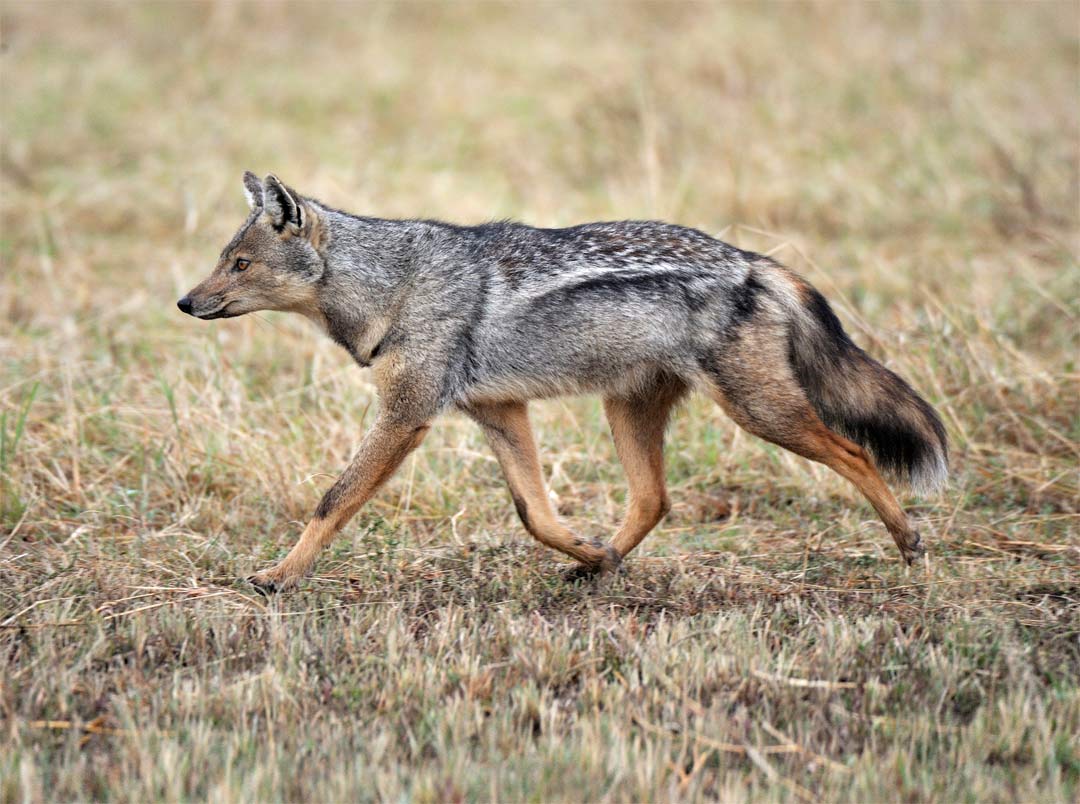
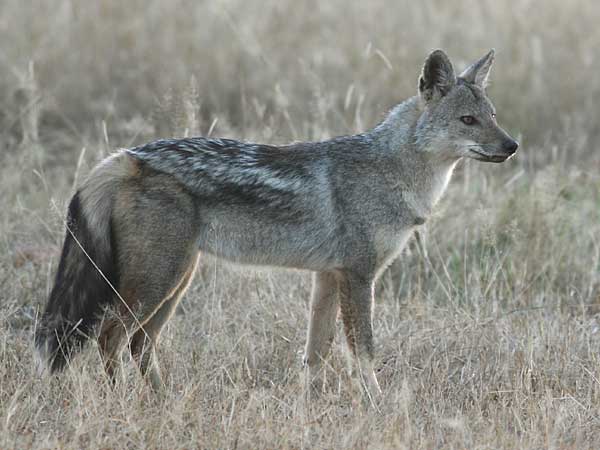
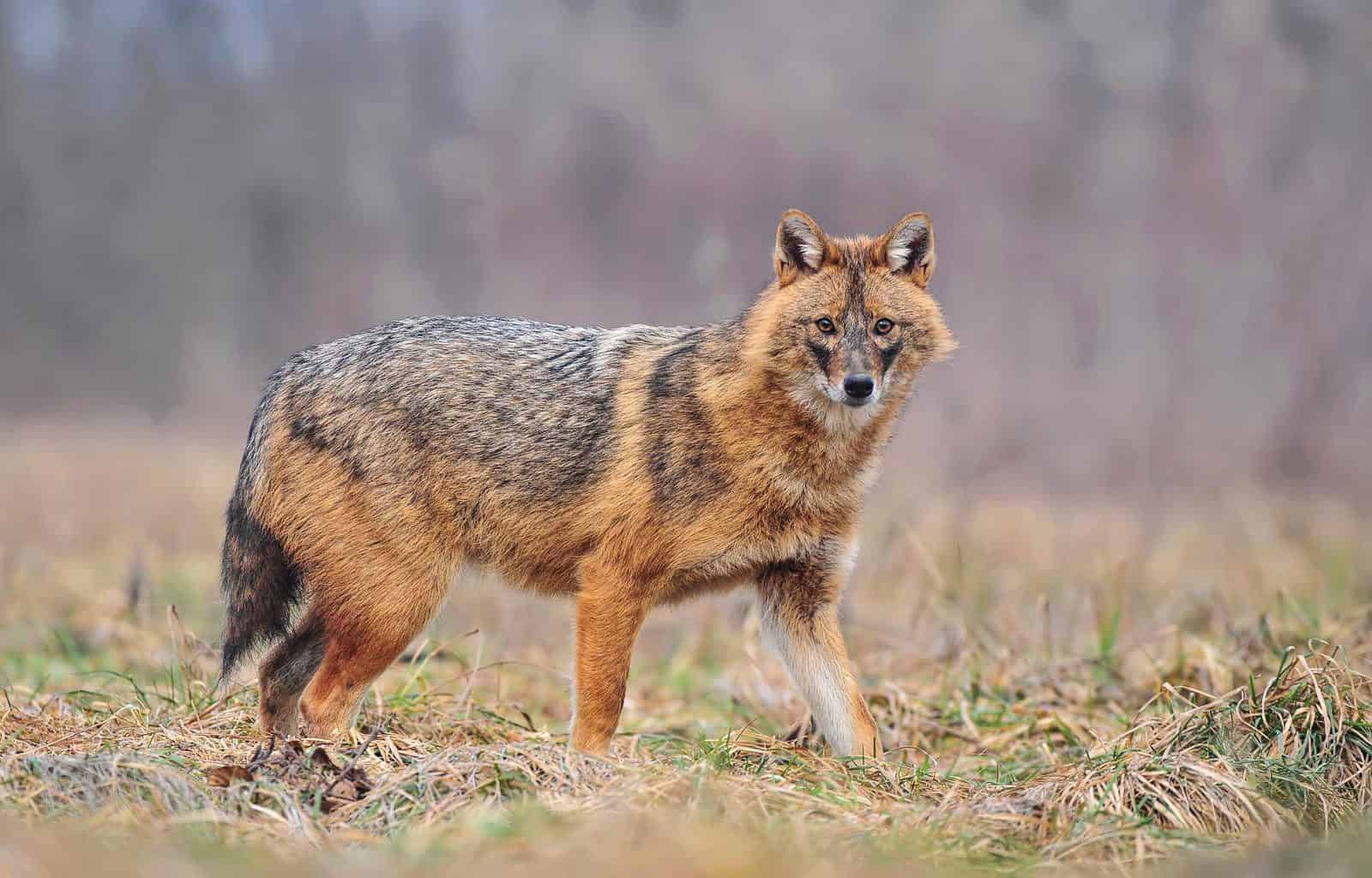
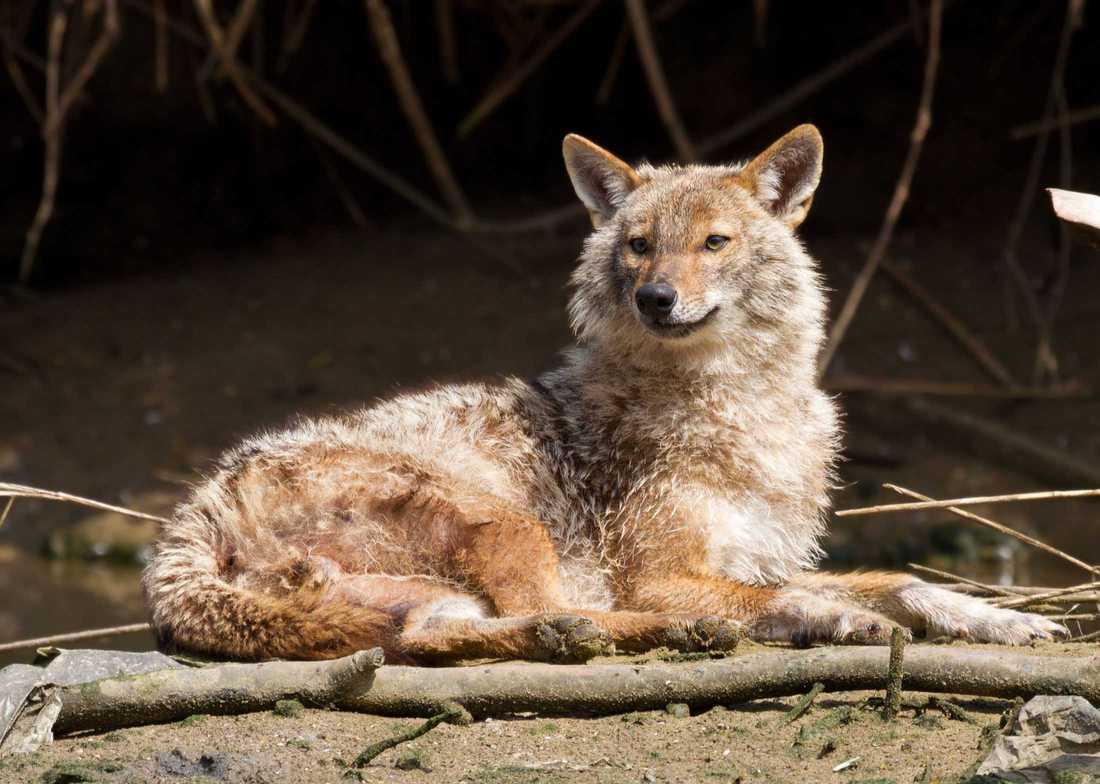
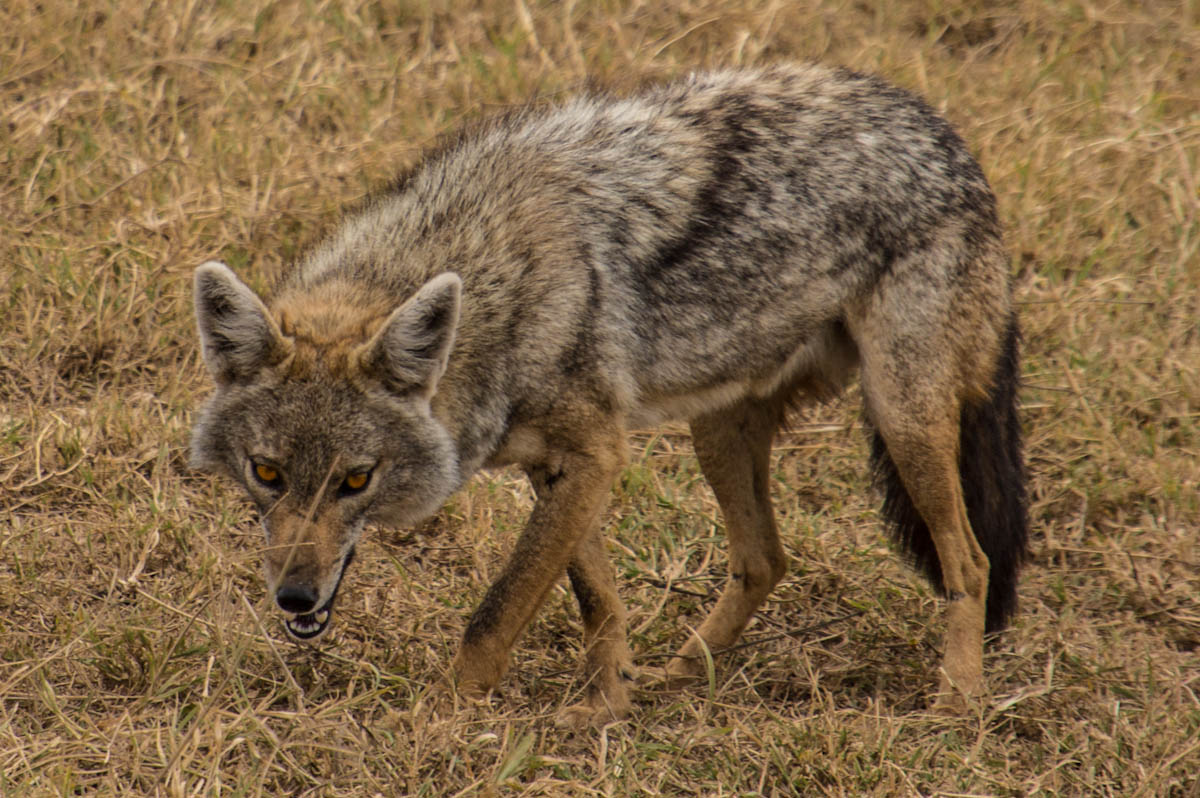

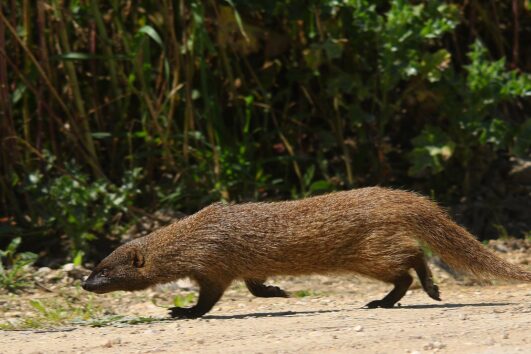
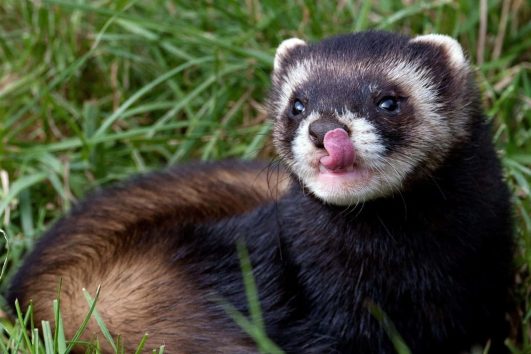
Tour Reviews
There are no reviews yet.
Leave a Review